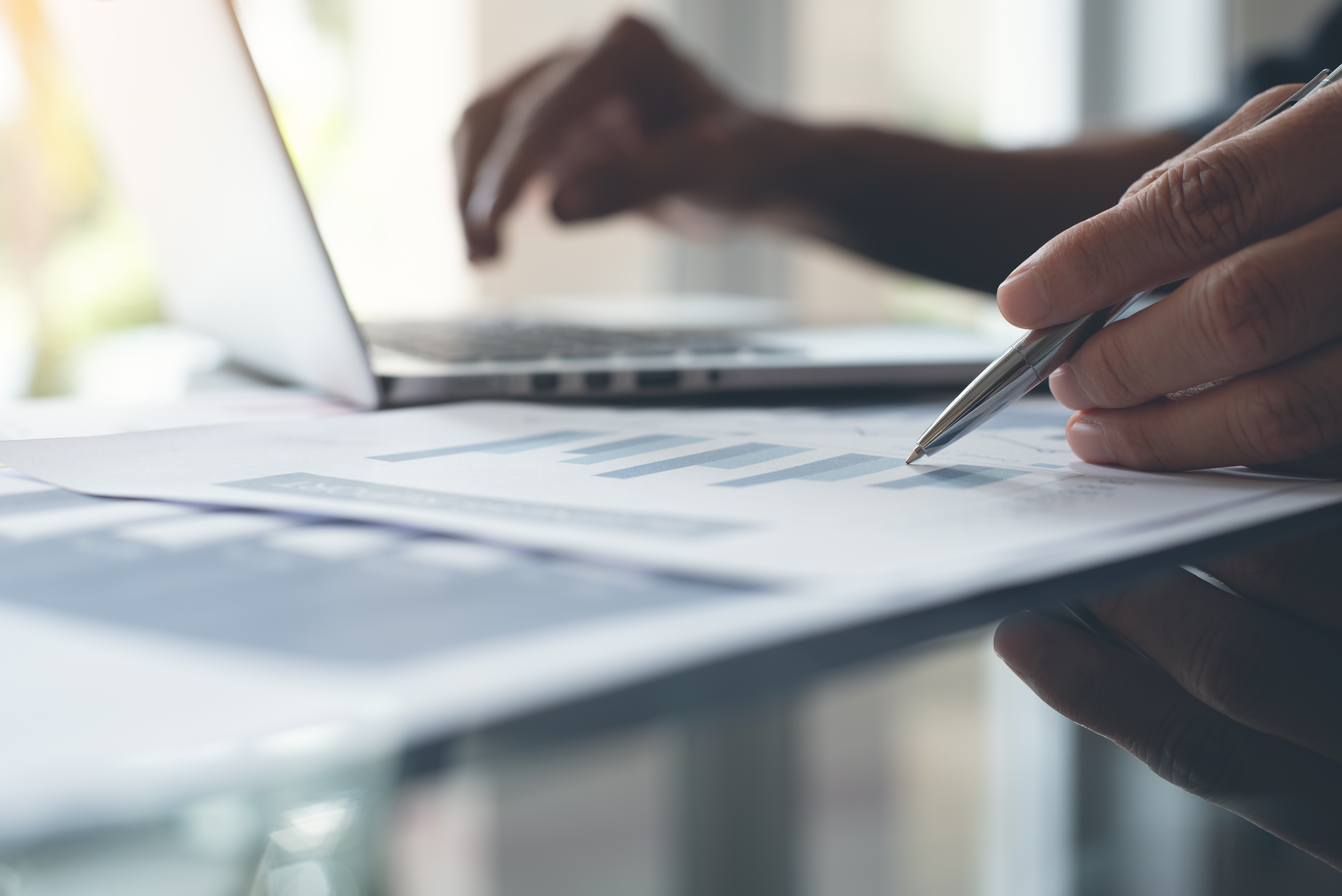Available from April 1, 2021, the initiative was designed to provide a tool to allow businesses to apply for increased capital allowances for certain items. The Government hoped that the measure would encourage growth and investment as the economy recovers from the Covid-19 pandemic.
How does the tax super-deduction work?
Capital allowances allow taxpayers to write off the cost of certain capital assets against taxable income. The tax super-deduction is a new 130% first-year capital allowance for qualifying plant and machinery assets, with a 50% first-year allowance for qualifying special-rate assets.
Normally, these assets would qualify for an 18% plant and machinery capital allowance and a 6% first-year allowance on special rate pool expenditure, if a business’s Annual Investment Allowance had been used up. The scheme runs from April 1, 2021 until March 31, 2023.
Why did the Government introduce the tax super-deduction?
The tax incentive forms a small part of the Government’s policy to give businesses in the UK a boost, which it is hoped will lead to a faster recovery following the Covid-19 crisis. Business investment was already at a low level before the pandemic, and saw a further reduction of 11.6% between Q3 2019 and Q3 2020.
Investment in new technology and machinery should improve the country’s productivity levels over the next two years.
Is my business eligible?
The tax super-deduction is aimed at larger employers, particularly in the manufacturing and engineering sector. As it only applies to companies that pay corporation tax, the scheme is not open to sole traders, partnerships and LLPs.
How much can my business save?
Qualifying companies can claim a super-deduction by writing off 130% of expenditure on new/unused main rate pool assets from April 1, 2021 for two years.
For example, if a bicycle company spends £100,000 on metal frame manufacturing equipment, then the company would be able to claim a deduction of £130,000 against taxable profits. With corporation tax at 19%, this could mean the business’s tax bill could be cut by nearly 25p for every £1 of qualifying spend.
How does the special-rate allowance work?
If the bicycle company spends £100,000 on factory lighting, it would not qualify for the main pool, as the work was on an integral feature of the building. Assets with an expected life of more than 25 years are also excluded.
However, the special-rate allowance would give the company a tax deduction of £50,000 in the first year to offset against its corporation tax profits. This equates to a tax deduction of 19% of this sum (£9,500). Normal tax deductions will apply for the remaining £50,000 over following years.
What investment is covered by the tax super-deduction?
Capital investment must be in new and unused assets to qualify as main pool expenditure, subject to some specific exclusions. Certain assets like cars do not qualify.
Plant and machinery expenditure which is incurred under a hire purchase or similar contract must meet additional conditions to qualify for the super-deduction and special-rate relief.
Qualifying plant and machinery assets that would usually qualify for the 18% main pool rate of capital allowance include:
- Computer equipment
- Tractors, lorries, vans
- Ladders, drills, cranes
- Office furniture
- Electric vehicle charge points
- Refrigeration units
- Compressors
New plant and machinery covered by the special-rate allowance that would usually qualify for the 6% special rate pool include:
- Solar panels
- Foundry equipment
- Water pipes or an electrical system within a building.
The next steps
If you require professional guidance on the tax super-deduction, please contact John Sheehan or your usual UHY adviser.



